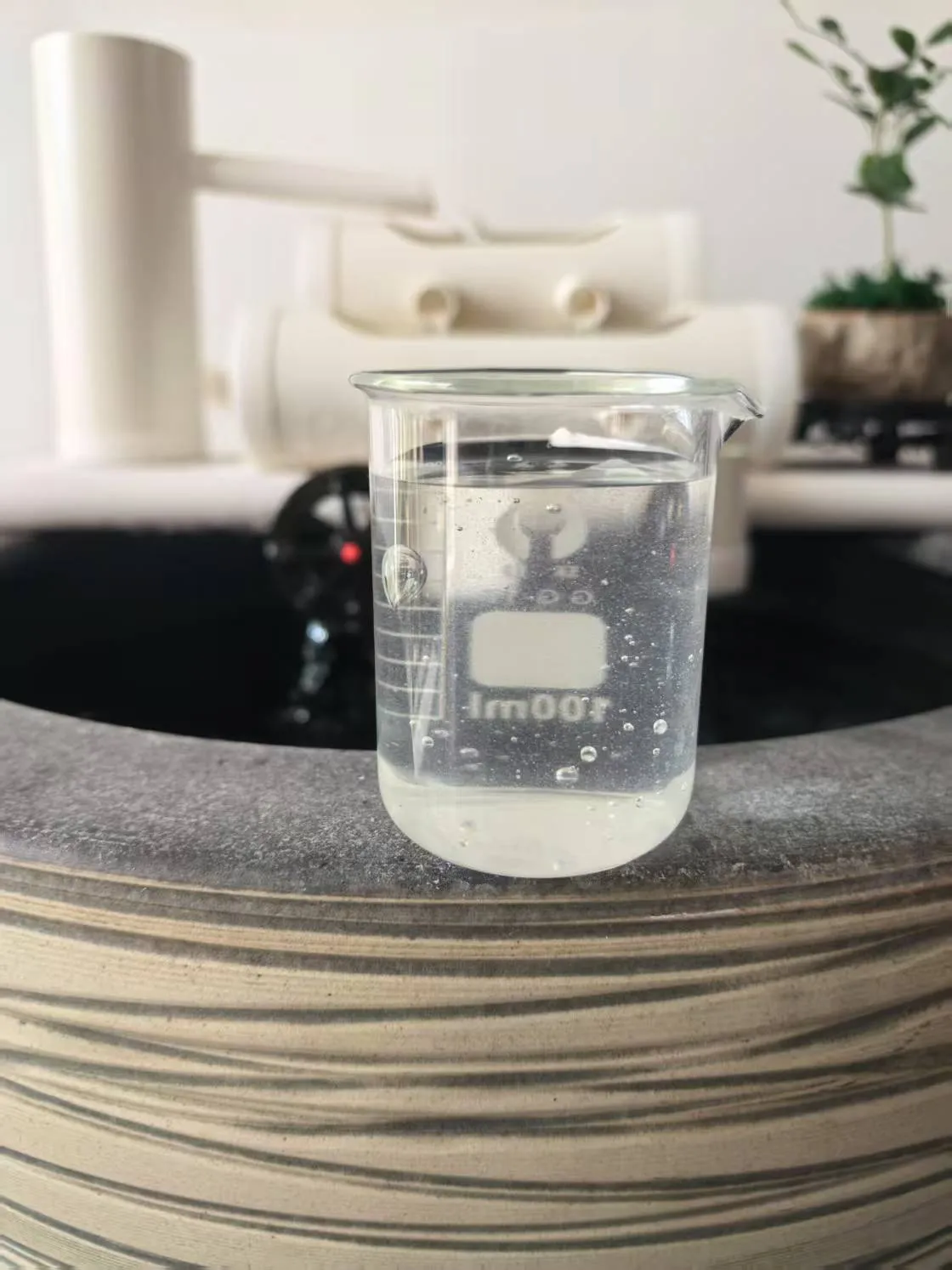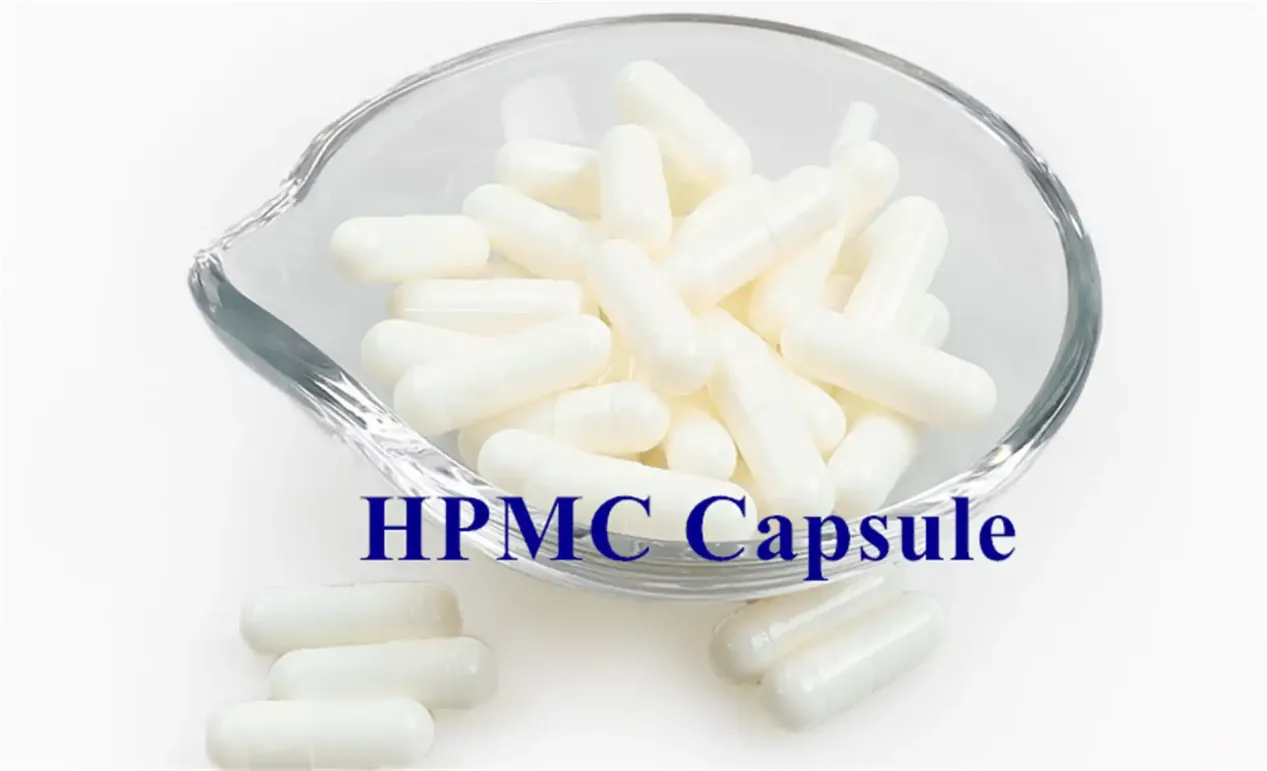
Exploring the Versatile World of HPMC: From Coatings to Capsules
The variation among HPMC types allows formulators to choose the right kind of polymer for their specific product requirements. This flexibility makes HPMC a top choice in industries ranging from pharmaceuticals to food technology. It acts as a thickener, binder, emulsifier, and even a film former, thanks to its water-soluble and bio-compatible nature.

Understanding HPMC Types and Their Unique Properties
Hydroxypropyl Methylcellulose (HPMC) is a multifunctional polymer widely used in the pharmaceutical, food, and construction industries. It stands out for its safety, versatility, and effectiveness. Among the various HPMC types, each one is designed for specific applications based on viscosity, gel strength, and substitution levels. For instance, HPMC K4M viscosity is a crucial parameter for pharmaceutical applications, especially in sustained-release formulations. The “K” series, including K4M, K15M, and K100M, signifies different viscosity grades — with K4M offering moderate viscosity that balances flowability with gelling capacity.

Applications of HPMC in Coatings and Capsules
One of the most valued applications of HPMC is in HPMC film coating, which is widely used in the pharmaceutical industry to protect tablets and improve their appearance, stability, and swallowability. HPMC-based coatings are preferred for their non-toxic and water-soluble characteristics, making them an ideal choice for health-conscious consumers. The film formed by HPMC is uniform, flexible, and resistant to cracking — providing a professional finish to tablets and enhancing patient compliance.
In addition to film coatings, HPMC also plays a pivotal role in the production of capsules. As the demand for plant-based alternatives rises, many manufacturers now turn to HPMC as a base for vegetarian capsules. This is where the role of a reliable HPMC capsule supplier becomes critical. Quality suppliers ensure that the capsules meet stringent regulatory standards while maintaining consistent mechanical and dissolution properties. HPMC capsules offer excellent stability, particularly under high-temperature and high-humidity conditions, making them suitable for global distribution.
Moreover, to meet complex formulation needs, companies often rely on HPMC connect — a term used to describe the collaboration and integration between different HPMC suppliers and pharmaceutical companies. This connection ensures seamless product development and supply chain reliability. By fostering a strong HPMC connect, manufacturers can access tailored polymer solutions, technical expertise, and dependable logistics.
At the core of these applications lies the HPMC polymer itself. Engineered for consistency and performance, this polymer can be finely tuned to offer specific functionalities, such as delayed release, moisture protection, or improved mouthfeel. The adaptability of the HPMC polymer further solidifies its importance in modern product development.

Understanding HPMC Connect and Its Uses in Construction
Q1: What is HPMC Connect?
A: HPMC Connect refers to a type or system of Hydroxypropyl Methylcellulose (HPMC) product that is used to improve performance in building materials. It typically represents a branded or specialized version of HPMC designed for enhanced workability, adhesion, and water retention in construction mixtures such as tile adhesives, plasters, and cement-based renders.
Q2: What is the purpose of using HPMC in construction?
A: HPMC, including HPMC Connect, is added to dry-mix mortars to improve water retention, increase open time, and enhance workability. It helps control setting time and reduces sagging or shrinkage in final applications.
Q3: How does HPMC Connect differ from regular HPMC?
A: While standard HPMC improves consistency and water retention, HPMC Connect may be formulated with additional performance enhancements, such as improved dispersion or compatibility with specific regional raw materials, making it ideal for demanding construction conditions.
Q4: In what products can HPMC Connect be used?
A: HPMC Connect is commonly used in tile adhesives, wall putty, self-leveling compounds, EIFS (external insulation finishing systems), gypsum plasters, and cement renders.
Q5: Is HPMC Connect environmentally friendly?
A: Yes. Like other cellulose ethers, HPMC Connect is non-toxic, biodegradable, and derived from natural cellulose sources, making it safe for workers and environmentally sustainable.
Q6: How is HPMC Connect typically applied in construction?
A: It is usually pre-mixed in powdered form within dry-mix formulations. On-site, water is added, and the mix is applied directly. Its inclusion ensures smoother application and greater control over setting and drying times.
In conclusion, Hydroxypropyl Methylcellulose has evolved into a cornerstone ingredient across several industries. Whether through its various HPMC types, critical parameters like HPMC K4M viscosity, advanced uses like HPMC film coating, or dependable sourcing from an HPMC capsule supplier, this polymer continues to enhance product quality and innovation. Through strategic HPMC connect relationships, companies are better equipped to meet market demands and create safer, more effective products for consumers worldwide.
-
Hydroxypropyl Starch as a Sustainable Construction AdditiveNewsNov.24,2025
-
The Gelation Properties of CMCNewsNov.21,2025
-
Redispersible Latex Powder and Water Retention CapacityNewsNov.21,2025
-
Dosage Control for Polycarboxylate Water ReducerNewsNov.21,2025
-
Film-Forming Properties of Polyvinyl AlcoholNewsNov.21,2025
-
The Function of Gypsum Additives in MortarNewsNov.21,2025





















